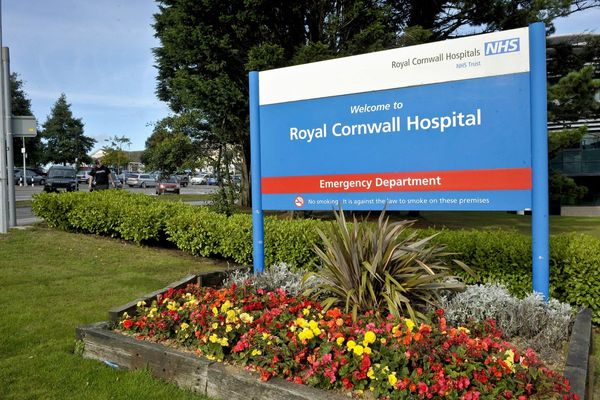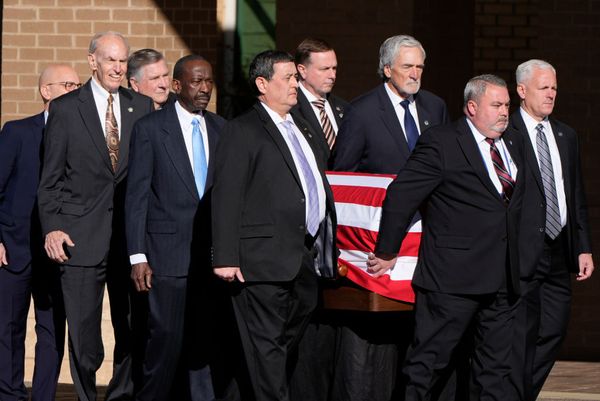Road safety is an issue of universal concern. All of us are road users. Yet, it barely captures our attention, except when it involves a celebrity hit-and-run case. The statistics are startling. Every year, mega Indian cities witness nearly 50,000 accidents. A quarter of them are fatal. More than half of these are on account of over speeding and a quarter due to dangerous driving. Nearly half of those who lose their lives are pedestrians. Almost half of these avoidable deaths are due to collisions with buses and trucks. The burden of death is borne by the young. The opportunity cost of lost human lives is immense.
Lessons from trials
In the case of New Delhi, road deaths peaked in 2009. Since then, they have gradually tapered despite burgeoning numbers of vehicles. This improvement came on the back of commendable interventions by the Delhi Police on black spots, traffic calming measures, and enhanced enforcement. The Delhi government has now initiated a drive to enforce lane discipline, starting with strict compliance on the bus lane. This required a reorientation in approach by all road users. Buses, like big bullies, hitherto had a free run. Now, deviations from the lane invite harsh penalties. Trials over the last one month have thrown up several lessons.
First, it would be useful to look at the skill sets of Indian drivers. A learner’s license, issued after a test on a basic understanding of road signages and traffic rules, is the first requirement. A driving skill test confirms the ability of the driver to wield the wheel. A sense of entitlement, especially among the elite, makes them look for shortcuts. Going to a test track is considered infra dig. A word with a friendly official helps, or in some cases the unscrupulous tout swings into action. Delhi now has automated driving test centres, which have reduced the margin of human intervention. Consequentially, failure rates (about 40%) are far higher than other cities. Even so, a mere skill test doesn’t equip a person with driving etiquette — sticking to the lane; signalling while turning; maintaining speed and traffic signals; and respecting the rights of pedestrians, overtaking norms and parking rules. The gap between a lab environment test and reality leaves much to be desired. Perhaps an additional step of mandatory simulator tests and psychological evaluation could be embedded in the regulatory framework — more so for drivers of heavy transport vehicles.
The second aspect is the amenability of road design to accommodate all users fairly. Buses must stick to their lanes and stop at designated bus stops. This would require a free passage in the bus lane, which people tend to clutter by parking their vehicles or street vendors use for brisk sales. Auto rickshaws and taxis encroach on the bus shelter, soliciting passengers on their way home. Clearly, our roads need to make spaces for all users — pedestrians/cyclists, buses, other vehicles — and designate pick-up and drop-off points for taxis and auto rickshaws. This entails remodelling our roads with intuitive road designs and signages, which mark out different zones of road usage. A pilot stretch has been redesigned collaboratively with IIT Delhi.
Enforcement of traffic discipline involves multiple agencies — the road-owning agency, the municipal body, the traffic police and the transport enforcement wing. Most drivers stick to the lane, unless forced by impediments, given the deterrence of heavy penalties. Private vehicle users also need to abide by these rules. Similarly, speeding cameras installed by traffic police in the city, with the automatic number plate recognition system, saw a spike in the number of challans and a slowdown of vehicles in the city. Technology tools and deploying artificial intelligence would introduce necessary deterrence for traffic violations.
Using public transport
The propensity of people to use personal vehicles instead of public transport also adds to the chaos. Some of this is attributable to need for improvement in efficiencies of public transport, but partly on account of personal choices. Delhi has the highest per capita registration of personal vehicles — nearly 110 cars per 1,000 people, as against a national average of 25. At one level, there is a need to introduce Mobility as a Service (MaaS) solutions, which integrate all options of public mobility on a common digital platform. A commuter could then choose to hop onto a bus, metro, a cab or an auto. A government-backed digital aggregator of all mobility options would make public transport more efficient and provide inbuilt solutions for last-mile and first-mile connectivity.
Disciplining traffic on roads is a mammoth exercise in collective behavioural change. The onus of change lies as much on citizens as on the government.
Ashish Kundra is Principal Secretary Transport, Government of Delhi. Views are personal







